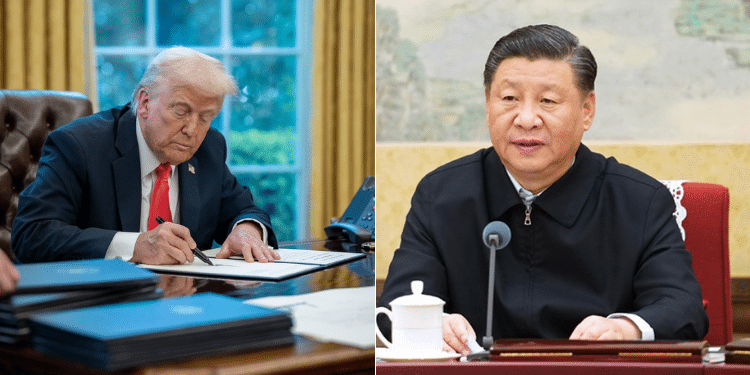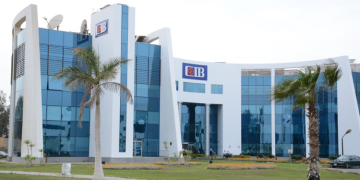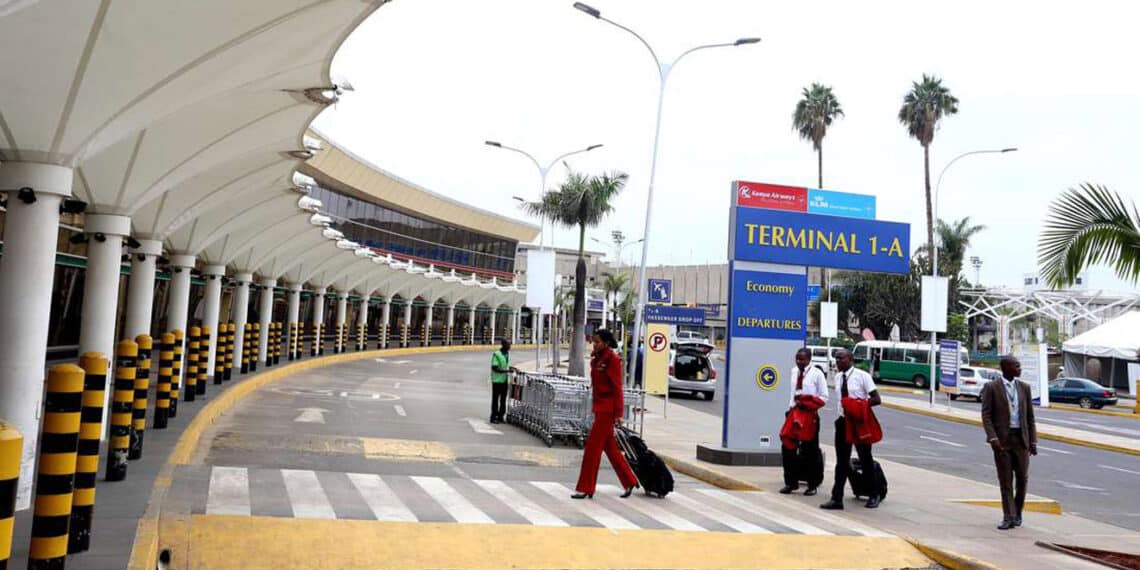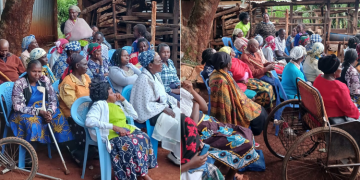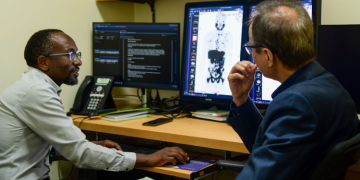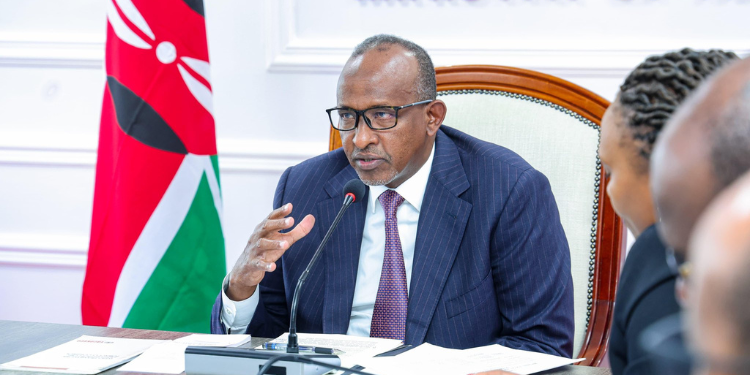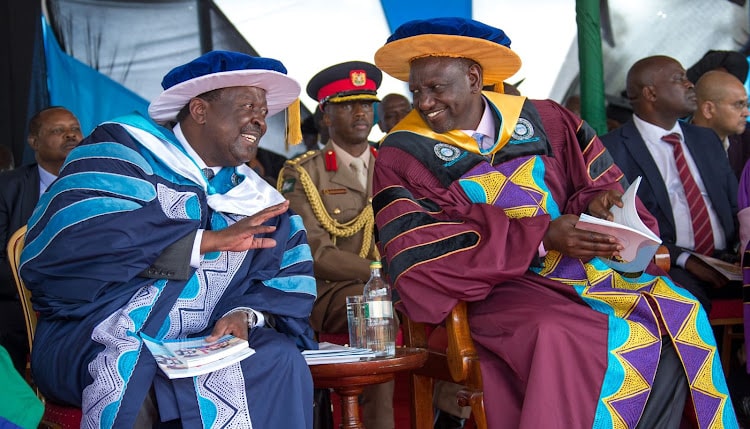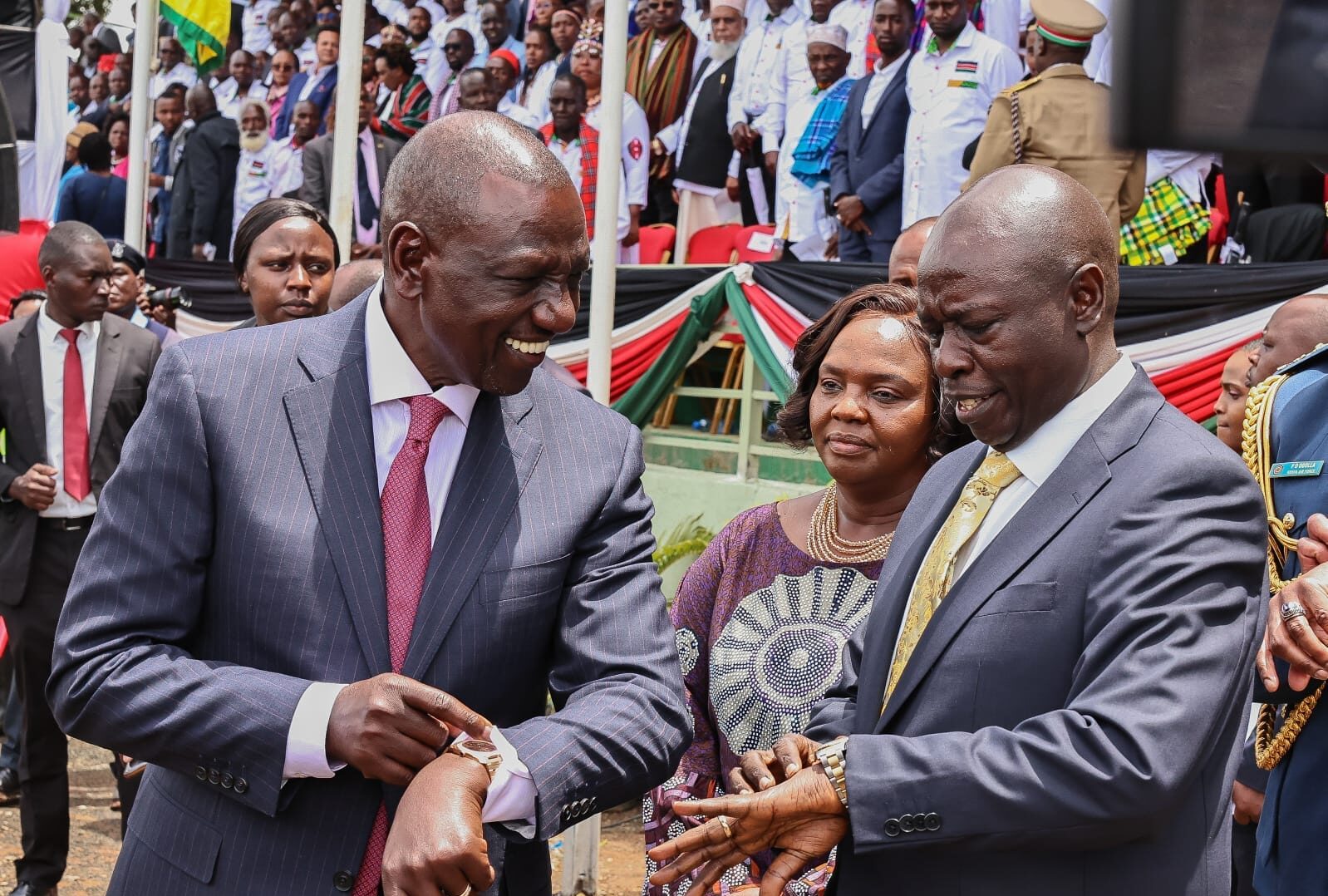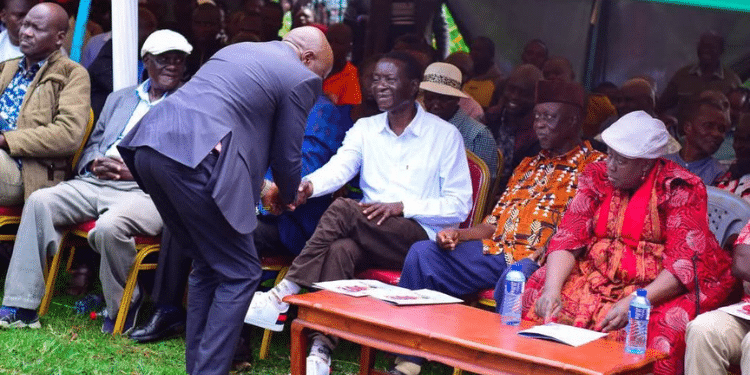Central Asia and the Caucasus, historically shaped by diverse cultures, languages, and geopolitical influences, stand at a crucial juncture in their pursuit of regional integration. Education has the potential to be a transformative force in this endeavor, bridging historical divides and fostering economic, political, and social cooperation. However, as highlighted at a recent International and Regional Political Studies Congress 2025, several obstacles must be addressed to enable education to fulfill this role.
One scenario illustrates these challenges well. At a regional workshop, two educators—one from a rural, technology-limited school and the other from a digitally advanced urban institution—collaborate to design a shared history curriculum. Despite their willingness to work together, policy and accreditation barriers hinder their progress. This story reflects the broader reality of educational disparities in Central Asia, where the absence of standardized qualifications, outdated curricula, and digital divides impede efforts to use education as a unifying force.
One of the most pressing issues is the stark rural-urban divide in educational access. A World Bank report of 2023 indicates that 70% of rural schools in Central Asia lack access to digital tools, while limited funding further exacerbates disparities. Kyrgyzstan, for instance, allocates only 3.5% of its GDP to education—far below the OECD average of 6%. This lack of investment leaves rural students at a disadvantage compared to their urban counterparts, limiting their educational and professional opportunities.
Central Asia Education System
Another major challenge is the lack of regional accreditation and mobility. Despite historical and cultural ties, Central Asian countries do not recognize each other’s teacher qualifications. Universities function without a common credit transfer system, restricting both student and teacher mobility. Without mutual accreditation, cross-border collaboration remains difficult, preventing the emergence of a regional labor market driven by common qualifications and shared educational standards.
Compounding these issues is the outdated nature of curricula in many countries. History textbooks vary significantly, often reflecting nationalist perspectives rather than shared regional narratives. While some countries prioritize STEM education, others still rely on classical education models that have limited relevance in today’s globalized world. These inconsistencies make it difficult to establish a common educational identity and prepare students for a rapidly evolving economic landscape.
Also Read: Addressing Illegal Migration- Causes, Challenges, and Role of Education and Policy Reform
Technology presents another barrier to integration. While Kazakhstan leads in digital education, countries like Turkmenistan impose restrictions on online learning platforms, limiting access to digital resources. The absence of a shared Central Asian online education hub further widens this digital divide, restricting opportunities for students and educators to engage in collaborative learning. Without a unified technological infrastructure, the potential for digital education to enhance regional cooperation remains largely untapped.
Addressing the gaps
For education to drive regional integration, three key elements must be aligned: education policy, curriculum development, and teacher education. Policy sets the legal framework for cooperation, curriculum aligns learning objectives with regional needs, and teacher education ensures effective implementation of educational strategies. Aligning these components is essential to overcoming current obstacles and establishing a strong, interconnected educational system across Central Asia and the Caucasus.
Policy reforms should focus on unifying regional standards. A lack of shared accreditation systems and varying teacher qualification standards currently hinder educational mobility. To address these issues, a Central Asia-Caucasus Education Council could be established to oversee regional policies and ensure alignment. Implementing a regional accreditation system for teacher certification would allow professionals to work across borders, while harmonizing national education policies would facilitate student and teacher mobility. These reforms could lead to increased cross-border student exchanges, university collaborations, and a more integrated regional labor market.
An Integrated Approach
Curriculum development is another crucial area for fostering cooperation. Embedding regional narratives into textbooks, promoting multilingual education, and developing courses on shared history, globalization, and human rights could help students understand their collective identity. To achieve this, an Integrated Regional Studies Program should be launched, supported by a Central Asia-Caucasus Digital Education Platform that allows students and educators to access shared resources. Encouraging regional scholars to co-author textbooks would further promote balanced perspectives and reduce nationalistic biases in curricula. However, political resistance and concerns over curriculum overload remain significant challenges. Engaging policymakers in reforms and introducing changes incrementally could help mitigate these obstacles.
Also Read: How UNESCO Enhances Teaching Quality in Africa
Teacher education is another key enabler of regional integration. Teachers play a critical role in promoting intercultural understanding and facilitating cross-border knowledge exchange. Investing in teacher mobility programs, modeled after initiatives like Erasmus+, could help educators share best practices. Establishing common teacher certification standards would allow professionals to work in different countries, ensuring consistency in teaching quality. Additionally, leveraging e-learning platforms for joint teacher training would help bridge technological and pedagogical gaps between nations.
Working models
Several international models provide valuable lessons for Central Asia. The European Union’s Bologna Process, for example, has successfully standardized higher education policies across member states, enabling student and teacher mobility. A similar framework in Central Asia could strengthen academic collaboration and contribute to economic growth. By adopting best practices from these global models, the region could accelerate its journey toward educational integration.
To achieve meaningful progress, a multi-pronged approach is needed. Creating a Central Asia-Caucasus Regional Accreditation Framework would help standardize teacher qualifications and university credits. Developing a Shared Regional Curriculum Project would foster a sense of unity among students. Launching a Central Asia Digital Education Hub would address technological disparities, while implementing a Teacher Exchange Program would encourage knowledge sharing across borders. Additionally, strengthening public-private partnerships could improve education funding, ensuring sustainability for future initiatives.
Education has the power to transform Central Asia and the Caucasus into a more cohesive, economically resilient region. Aligning policy, curriculum, and teacher education will foster cross-border cooperation, drive digital transformation, and encourage sustainable funding initiatives. As the region navigates its path toward integration, one fundamental question remains:
Will education serve as a tool for division or unity?
The choice lies in the hands of policymakers, educators, and institutions willing to shape a future where knowledge transcends borders. If the right strategies are implemented, education can become the foundation for regional stability, economic growth, and cultural cooperation—ensuring that future generations inherit a stronger, more interconnected Central Asia and the Caucasus.
Follow our WhatsApp Channel and join our WhatsApp Group for real-time news updates.
This article was written by Dr. Kiran Hashmi, who works as Head of Education Department, Institute of Business Management, Karachi, Pakistan and can be reached at [email protected]









